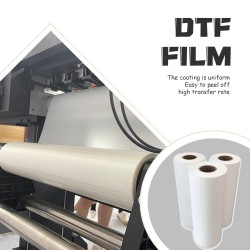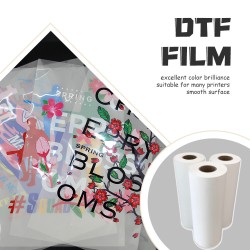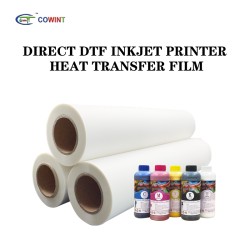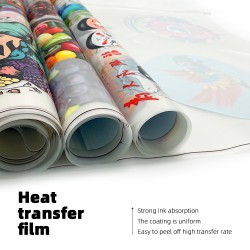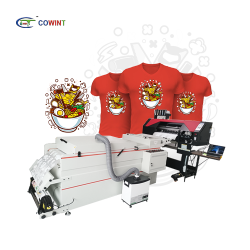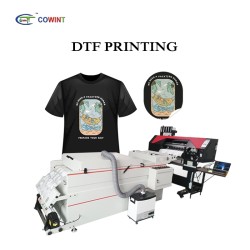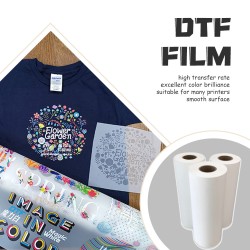①The color of vat dyes is dominated by intermediate colors
The color of vat dyes has the characteristics of a complete series from yellow to black and from bright colors to general colors. , Olive Green, Flesh, Brown and Grey series.
For example, green reactive dyes are generally made of yellow and turquoise reactive dyes. In order to combine reactive dyes with different dyeing properties, the control during dyeing is very important, and there are several single-structure green dyes in vat dyes. Varieties, not only can meet different needs, but also have excellent dyeing reproducibility compared with reactive dyes.
②Excellent light fastness and various composite fastness based on light fastness
At present, the requirements for various composite fastnesses based on light fastness, such as sweat-sun fastness, sweat-sun-washing fastness, sweat-sun-rubbing fastness, etc., are getting higher and higher, especially for light colors. Compared with other types of cotton dyes, vat dyes have special properties in this regard, so it is very suitable for dyeing and printing of work clothes, summer clothes, sportswear, coats, curtains, furniture covers, etc.
③Excellent chlorine resistance and wet fastness
Compared with reactive dyes, vat dyes have excellent chlorine fastness, whether it is chlorine water (20ppm) or chlorine fastness (500ppm); in addition, vat dyes have excellent washing fastness, etc., so vat dyes are suitable for For occasions with high requirements for chlorine disinfection and washing resistance, such as printing and dyeing of fabrics, bedding, outer coverings, bed sheets, clothes, etc. used in hotels and hospitals, especially for products that require multiple washing treatments, the advantages of using vat dyes more obvious. In addition, vat dyes are also very suitable for dyeing and printing textiles that require the highest wet fastness, such as ground dyeing with reactive dyes and textiles printed with vat dyes for anti-discharge.
In addition, in order to reduce washing water in the United States and Europe and other countries and regions, strong detergents are used, that is, a new type of detergent made by adding tetraacetylethylenediamine (TAED) to peroxide, or a large amount of washing water is used in washing water. The vat dyes also have sufficient fastness.
④Excellent stability to the finishing of printed and dyed fabrics
Vat dyes have very little effect on general resin finishing. In recent years, functional processing that changes the physical properties of fibers, such as shape memory processing, shape stabilization processing, deodorization processing, antibacterial processing, etc., vat dyes have good stability. , and vat dyestuffs have more stable temporal variability than reactive dyestuffs.
⑤Suitable for one-bath dyeing of blended fabrics
One-bath homochromatic dyeing of polyester/cotton, nylon/cotton, vinylon/cotton and other blended fabrics is more and more popular in the printing and dyeing industry. Vat dyes have the characteristics of this same color dyeing, and it is suitable for one-bath continuous dyeing of these blended fabrics. Color dyeing such as dyeing, printing and through-dyeing, these dyed fabrics can be used for the manufacture of school uniforms, various uniforms, moisture-permeable coats and special textiles, especially military uniforms and combat uniforms (such as camouflage uniforms), and have excellent various fastness Special properties such as degree and anti-infrared.
⑥ Has excellent resistance to reduction
This characteristic of vat dyes can be used to make high-grade textiles with reactive dyes and anti-discharge printing of vat dyes, groundless dyeing of polyester/cotton knitted fabrics (with liquid flow dyeing machine), and pre-dyeing process of polyester/cotton blended fabrics ( Cheese dyeing) and high-fastness printing and dyeing of polyester/cotton blended fabrics (using URS method), etc.
⑦Can be dyed into natural tones, extremely intuitive and clear colors
Fabrics dyed with vat dyes can express natural plant tones and European-style characteristics on the basis of coarse tones, such as dyeing fabrics dyed with indigo dyes and vat dyes directly printed by various washing treatments (stone washing, bleaching, etc.) , enabling the creation of textiles with extremely intuitive clarity and natural vegetal tones.
To sum up, compared with other cotton dyes, vat dyes have a series of remarkable characteristics, especially reflected in the fastness properties, so at present, vat dyes are still a class of cotton dyes worthy of attention.
 +8615820889696
+8615820889696 Info@cowint.com
Info@cowint.com



